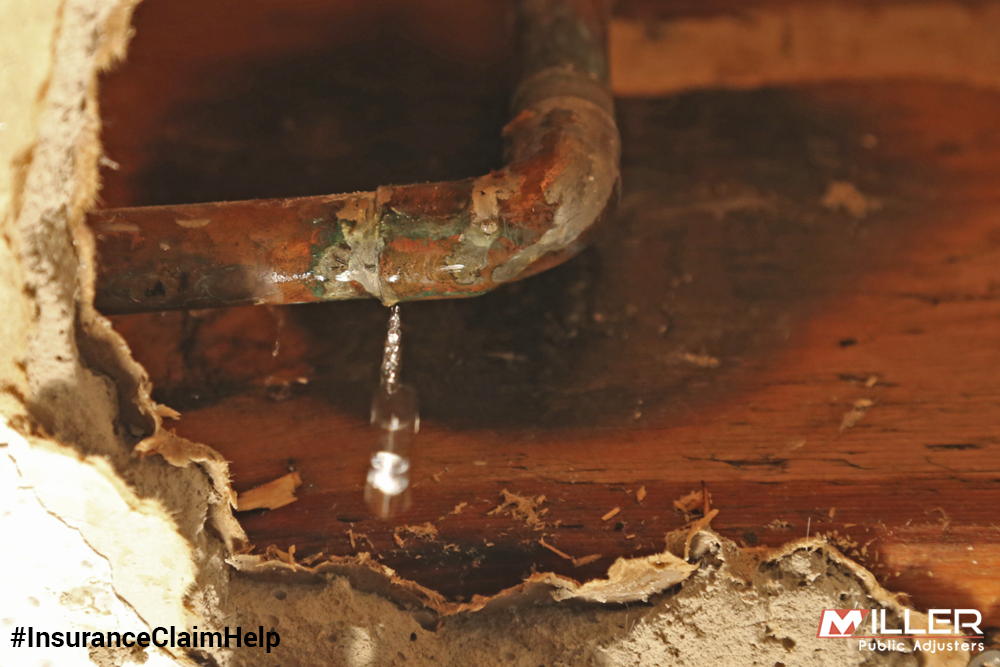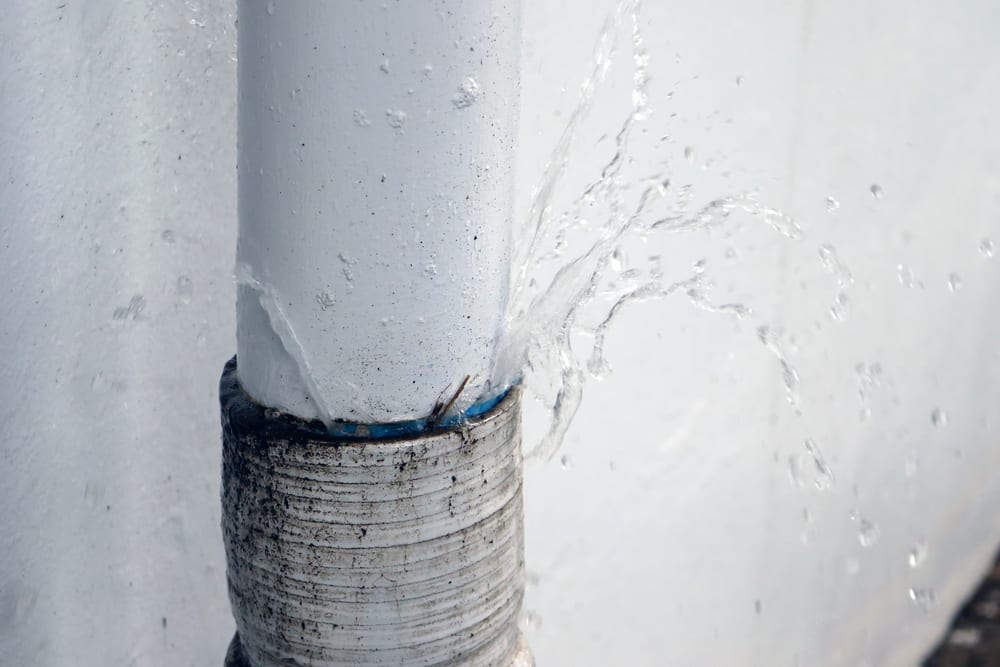Burst Pipes? No Panic! Just how to Detect and Fix Quickly
Burst Pipes? No Panic! Just how to Detect and Fix Quickly
Blog Article
We have uncovered this article relating to How to Prepare for Your Dishwasher Installation down the page on the net and decided it made good sense to relate it with you in this article.

A ruptured pipeline is a significant emergency; you can only stand as you enjoy water you pay very much to reunite with the planet. In worse cases, you see a pool on your kitchen flooring, which is a terrific trip danger, especially if you have kids around. If the pipe that ruptured was in your walls, problem: you may require to repaint that whole section.
Just how can a catastrophe like a burst pipeline be avoided and handled? Well, by paying attention to your specialist emergency plumbing technicians and following these regulations.
Exactly how do I understand when my pipes have ruptured?
Rising and fall water stress
Pipes do not just burst in a day. You might have seen that your kitchen area tap or shower doesn't run quickly when you transform the faucet. It may stop for a couple of seconds and then blast you with even more force than common.
In various other instances, the water may appear typical at first, after that decrease in pressure after a couple of seconds.
Wet wall surfaces as well as water stains
Prior to a pipe bursts, it will certainly leak, the majority of times. If this consistent leaking goes undetected, the leak may finish into a vast tear in your pipe. One simple means to avoid this emergency is to watch out for damp walls ad water discolorations. These water discolorations will lead you right to the leakage.
Puddles under pipelines and sinks
When a pipe ruptureds, the discharge forms a pool. It may show up that the puddle is expanding in size, and also regardless of the amount of times you mop the pool, in a few minutes, there's another one waiting to be cleaned up. Commonly, you might not be able to trace the puddle to any kind of noticeable pipes. This is an indication to call a specialist plumber.
Untraceable trickling noises
Pipe ruptureds can take place in one of the most unpleasant places, like within concrete, inside walls, or under sinks. When your home goes quiet, you might have the ability to hear an annoyingly consistent leaking sound. Also after you have actually examined your shower head and kitchen tap, the dripping may proceed.
Precious viewers, the trickling might be coming from a pipe inside your walls. There isn't much you can do regarding that, except inform a professional plumber.
Shut down the Water
When water ices up, it increases in quantity by concerning 9 percent. And it expands with remarkable force: The pressure inside pipes may go from 40 pounds per square inch to 40,000 psi! No pipe can hold that much pressure, so it breaks open. The break might take place where the ice kinds, but more often, it occurs where water pressure finds a weak spot in the pipe. That may be inches or even feet from the frozen area. Find the water shutoff valve and also switch off the water to stop even more damages. You could additionally require to turn off the electrical energy also, depending upon where the leaks happens as well as how big it is.
Contaminated water
Many people think a ruptured pipeline is a one-way electrical outlet. Rather the contrary. As water drains of the hole or gouge in your plumbing system, contaminants locate their method.
Your water might be contaminated from the source, so if you can, examine if your water container has any type of issues. However, if your drinking water is provided and also cleansed by the city government, you should call your plumber immediately if you see or scent anything funny in your water.
What do I do when I find a ruptured pipeline?
Your water meter will certainly remain to run even while your water wastes. To reduce your losses, find the major controls as well as turn the supply off. The water mains are an above-ground framework beside your property.
How to Fix & Detect a Leaking Pipe
How Do I Know if a Pipe is Leaking?
Leak detection tests can help you determine if your pipe has a leak. Even if you don’t see an apparent leak, you should still conduct leak detection tests regularly to save water and money—and prevent major damage to your home.
Water meter. It can be helpful to figure out what your usual water meter usage numbers are and then monitor them regularly. To monitor your meter, first, turn off all water faucets in your home. Check the meter and write down the numbers. In a few hours, check the meter again. If the numbers have changed, you have a leak. Water gauge. Use a water gauge to test your water pressure. Your showerhead should produce a certain amount of water pressure based on its model and design. If the pressure is lower than it is supposed to be for that specific showerhead, your home likely has a leak. Puddles. Look inside your bathroom, laundry, and kitchen sink cabinets. Puddles around the cabinets or around toilets, tubs, showers, and washing machines indicate the presence of a leaking pipe. You may also notice loose tiles, peeling or flaking paint, or mold caused by water accumulation. Napkin test. Even if you don’t see any puddles, you may still have a leak. You can test for water leaks in the bathroom, laundry, and kitchen by wiping below-sink connections with a napkin, paper towel, or piece of toilet paper. If it becomes damp, you probably have a leaking pipe under the sink. Discolored walls. Walls that are discolored—usually with brown or yellow stains—or bulging might mean that they have been impacted by water damage caused by a leaking pipe. Smell. A leaky pipe will create sitting water, and over time, that water may develop a musty smell. If your home smells musty, but you can’t locate the source, it may be due to a leak. Steps for Fixing a Leaking Pipe
A leaky drain can be remedied by tightening the pipe base, replacing the drain seal, caulking the rim, and tightening the pipe nut. Similarly, a leaking toilet pipe can be treated by tightening the packing nut. You may also need to replace the valve. A leaky faucet may just need tightening or replacement of the washers. If that doesn’t work, consider replacing your faucet. If your pipe has a hole in it, you may want to use a pipe leak sealer or pipe leak tape. This quick fix for water pipe leaks can also temporarily fix a copper pipe leak. https://www.ahs.com/home-matters/quick-tips/how-to-tell-if-pipes-are-leaking/

Hopefully you liked our article on How to Install and Connect a New Dishwasher. Many thanks for taking time to read our blog. Do you know about another person who is very much interested in How to Install and Connect a New Dishwasher? Please feel free to promote it. We recognize the value of reading our article about How to Install and Connect a New Dishwasher.
This Site
Report this page